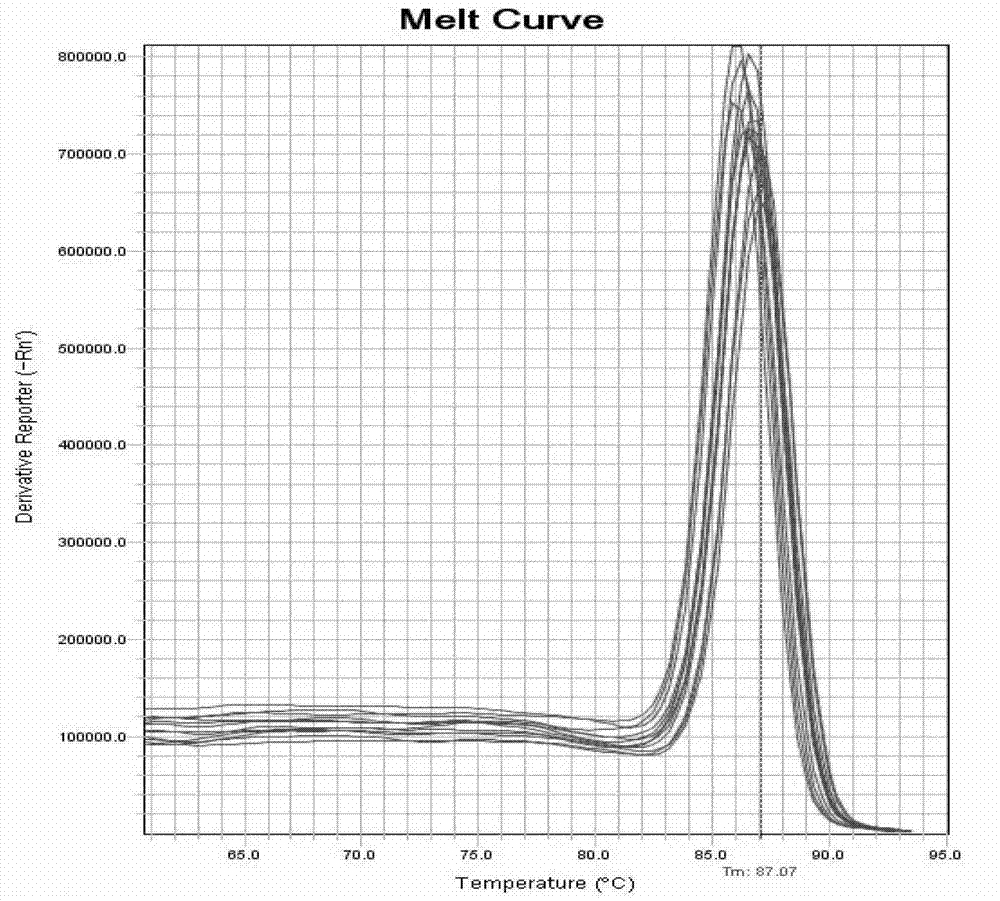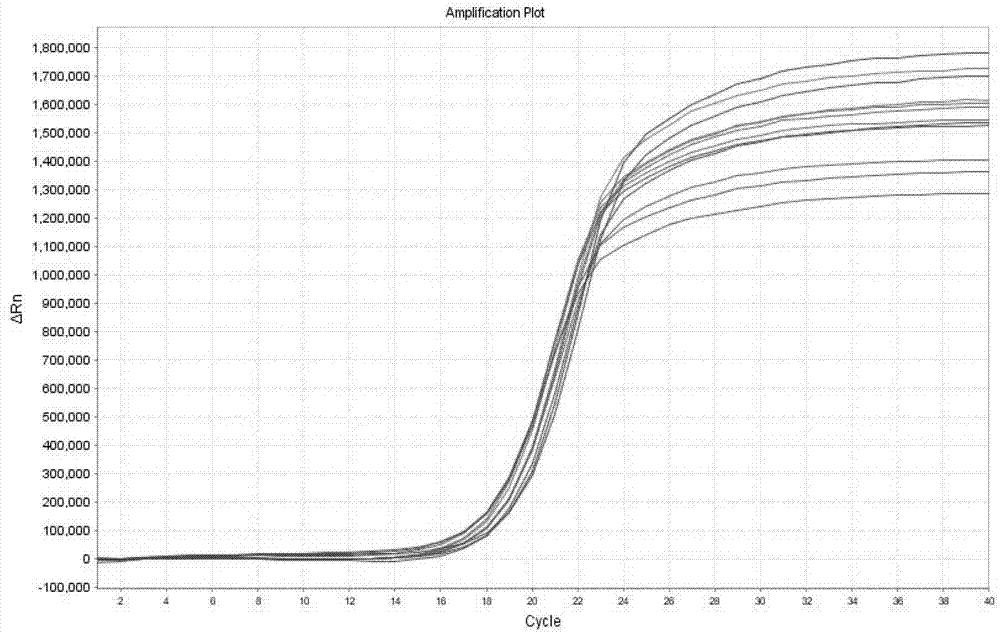Method for detecting egg laying amount of insects by vitellogenin gene
A technology for vitellogenin and insect egg production, which is applied in the field of detecting insect egg production by using vitellogenin gene, can solve the problems of time-consuming, labor-intensive and expensive, and achieves the effects of easy purchase, simple operation and wide source of materials.
- Summary
- Abstract
- Description
- Claims
- Application Information
AI Technical Summary
Problems solved by technology
Method used
Image
Examples
Embodiment 1
[0042] Example 1. Discovery of vitellogenin and its coding gene for detecting insect egg production and design of special primers
[0043] Studies have found that the vitellogenin gene is a good molecular marker for detecting the amount of eggs laid by insects, so the present invention detects the amount of eggs laid by insects by detecting the expression of the gene encoding vitellogenin.
[0044] The nucleotide sequence of the vitellogenin coding gene of the gnat bug is sequence 1 in the sequence listing or sequence 1 in the sequence listing from the 39th to 1007 nucleotides at the 5' end, and the amino acid sequence of the protein is the sequence listing in the sequence listing sequence 2.
[0045] The primers designed to amplify the coding gene according to the vitellogenin coding gene of the stinkbug are as follows:
[0046] Upstream primer: TAGTTCGCAAAGGAGTGGTTGA (SEQ ID NO: 3);
[0047] Downstream primer: AGATTCTTGCAACTGCTTTCGG (SEQ ID NO: 4).
Embodiment 2
[0048] Example 2, Application of Vitellogenin or Encoding Gene or Special Primer in Detecting Oviposition
[0049] The cockroach (Arma chinensis) adopted in the following experiments is recorded in Taxonomic and bionomic notes on Arma chinensis (Fallou) (Hemiptera: Pentatomidae: Asopinae, Zootaxa, 3382: 41-52, 2012, the public can obtain from Chinese Academy of Agricultural Sciences Plant Protection Research Obtained) were divided into two groups according to the difference of food quality, 50 in each group:
[0050] Cockbugs eating artificial diet: Cockbugs fed artificial diet (27±1°C, 16:8(L:D), 75±5%RH) were fed with 160 μl of artificial diet per adult per day until the Stinkbugs die naturally;
[0051] The prey-feeding group of gnats: the gnats that feed on prey (27±1°C, 16:8(L:D), 75±5%RH) each pair of adults feeds one prey, every 7-15 days according to When the prey is eaten, the prey is replaced once until the stinkbug dies naturally;
[0052] The artificial feed is ...
PUM
 Login to View More
Login to View More Abstract
Description
Claims
Application Information
 Login to View More
Login to View More - R&D
- Intellectual Property
- Life Sciences
- Materials
- Tech Scout
- Unparalleled Data Quality
- Higher Quality Content
- 60% Fewer Hallucinations
Browse by: Latest US Patents, China's latest patents, Technical Efficacy Thesaurus, Application Domain, Technology Topic, Popular Technical Reports.
© 2025 PatSnap. All rights reserved.Legal|Privacy policy|Modern Slavery Act Transparency Statement|Sitemap|About US| Contact US: help@patsnap.com



